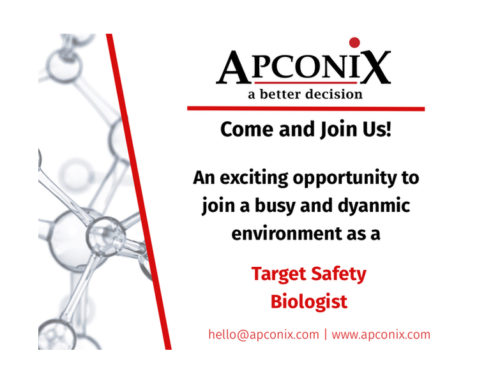Target Safety Reports: What’s in a Name?

Irrespective of what we call them, target safety reports form a key part of risk assessment and risk mitigation plans in drug discovery and development.
Why is that? Well, target-related toxicity accounts for >50% of all drug project failures (Cook et al., 2014) so it’s vital to understand the potential unintended consequences of target modulation. Despite the many different names they are given such as target safety reports, target safety reviews, target assessment report or just target reviews, they all have two key elements.
Firstly, there should be a comprehensive review of the role of the target in normal physiology focusing primarily on expression, species differences and consequences of activation/inhibition. This is relatively easy to obtain via online searching of published literature and databases either manually or using ever more sophisticated search tools.
This assembly of key information forms the basis for the second part and the main focus of the target safety assessment: an expert interpretation and evaluation of the potential toxicity of inhibitors or activators of the target coupled with a rational, pragmatic and staged risk assessment and risk mitigation plan.
Considering the relatively low cost of target safety assessments (TSAs) compared with the costs of a drug discovery programme overall, surely it makes sense to do this for all projects.
As we said in our previous publication, there’s no such thing as bad news in early drug projects!





